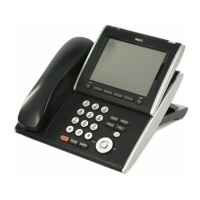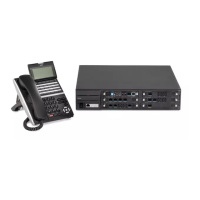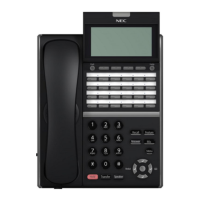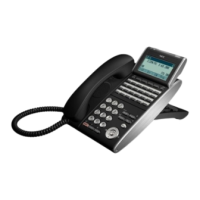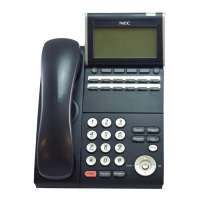Issue 2.0
5-4 Network Design Considerations
used at certain times of the day for data connectivity. This data connectivity is
very light, only 20Kbps or so during most of the day, but does spike to 50Kbps
during certain points of the day. This data is not time sensitive like the voice
data, so if necessary it could be forced to wait.
Therefore, the user can implement a Quality of Service mechanism on the IP
network. At its most basic form, this denotes certain IP packets as being more
important than others. So they would tell this 64Kbps line that IP packets with
voice deserve a higher priority than those without voice. This allows the network
devices to give priority to the other data, so the quality of the call is not
compromised.
2.3 Types of Classifications for Traffic for QoS
Classification uses information from a packet (or frame) to define the type of data
and therefore how the data should be handled for QoS on the network. Using
packet classification, you can partition network traffic into multiple priority levels or
Types of Service (ToS). UNIVERGE SV9100 supports methods of marking a
packet with its classification information in the Layer 2 or 3 headers.
VLAN (802.1Q):
Virtual LANs work at Layer 2 of the OSI model and can be equated to a
broadcast domain. More specifically, VLANs can be seen as a group of end
stations, perhaps on multiple physical LAN segments that are not constrained
by their physical location and therefore, communicate as if they were on a
common LAN. Packets can be marked as important by using layer 2 classes of
service (CoS) settings in the User Priority bits of the 802.1Pq header. Refer to
Program 84-09 : VLAN Setup on page 5-30 for information for VLAN
configuration.
Figure 5-1 Layer 2 Diagram (802.1Q)
PREAM SFD DA SA
Type
TAG
PT Data FCS
4 Bytes
PRI
CFI
VLAN ID
Layer 2
802.1Q/p
Three bits used for CoS
(user priority)
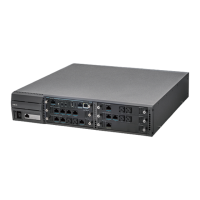
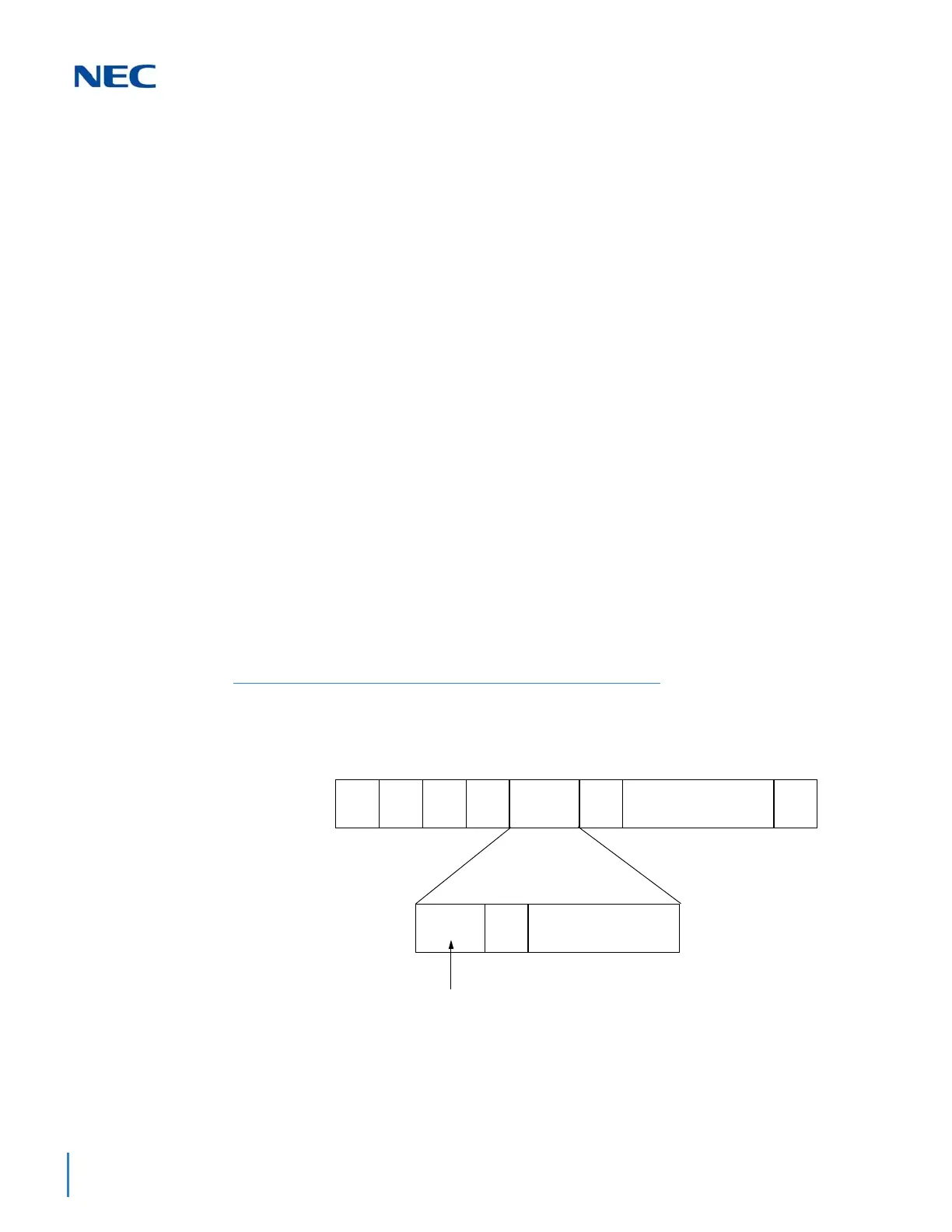